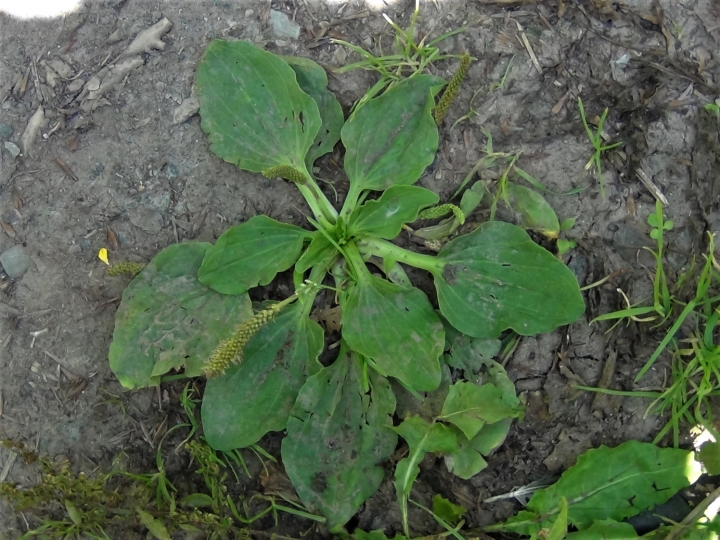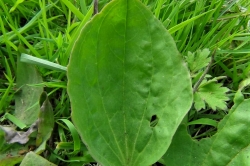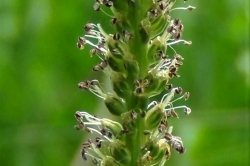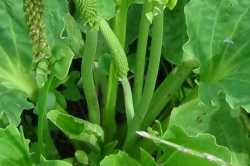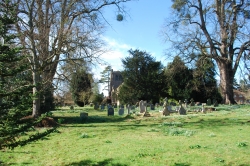Very common, this plant got the name White or English Mans Foot from the early settlers in the US, where they settled or travelled, Plantain used to thrive.
Home / Hedgerow Guide /
Greater Plantain
Greater Plantain
| Hedgerow Type | |
| Common Names | Broad Leaf Plantain, White Mans Foot, Englishmans foot |
| Scientific Name | Plantago major |
| Season Start | Jan |
| Season End | Dec |
Leaves
The leaves are broad, oval shaped and grow in a rosette, sometimes with very fine, sparse, white hairs. The parallel veins are very distinctive in the plantain family and run from the bottom of the leaf to the top without visably branching. If the leaf is carefully torn, pulling the top of the leaf away from the bottom, the veins can be revealed still attached looking like tiny strings.
Flowers
The many flowers are tiny and green to yellow/white, growing on a tall thin flower spike. Each plant can produce thousands of seeds.
Flower Stem
The leaves grow in a rosette with no true stem but the flower stem is tall, thin and covered in flowers or seeds.
Habitat
Fields, lawns, roadsides, waste ground, parks and disturbed ground. It is a very hardy plant and can usually be found in any environment with soil.
Taste
Even the young leaves of this plant taste bitter to us, it’s best used as a medicine.
Frequency
Very common.
Collecting
The young leaves are what you are after if there is nothing else to eat or the seeds are relatively easy to collect if a little bitter.
Medicinal Uses
Plantain seems to be a very versatile addition to the medicine cabinet being an antihistamine, antifungal, antioxidant, analgesic and even a mild antibiotic. Used as an antihistamine, Plantain is very effective at dealing with nettle stings or insect bites/stings unlike Dock which is just a placebo but if your children get stung and you can’t find any Plantain, placebos work.
Other Facts
It has been said that the fibres in the leaves have been used to make cord or fishing line in emergencies but this just sounds fanciful.



 (36 votes, average: 3.42 out of 5)
(36 votes, average: 3.42 out of 5)